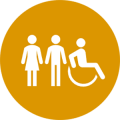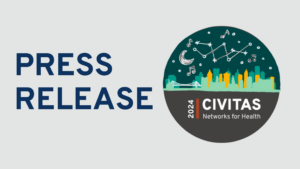Consideration 9

9. Address potential patient access limitations
Insurance coverage and affordable testing
Consideration
Critical decisions must be made regarding funding, billing, and test provision for patients without insurance.
Voices from the Field
Standing orders
Consideration
Standing orders can facilitate testing for persons without a primary care provider.
States interested in implementing standing orders may find examples from other states they can adapt.
Voices from the Field
Literacy levels
Consideration
Consider reading levels of materials related to your OSCTC.
Voices from the Field
Patient physical or mental limitations
Consideration
Family members can provide assistance with testing.
Consider providing handicap access.
Voices from the Field
Translation
Consideration
Many states are producing their own set of translated materials — there are opportunities for sharing among states in lieu of each state creating their own.
On-site interpretation services may be needed.
Voices from the Field
Scheduling
Consideration
Try to have morning, evening, and weekend options for testing to accommodate work schedules.
Regular testing schedules can improve community awareness of OSCTCs.
Voices from the Field
Transportation challenges
Consideration
Consider working with VNAs to help ensure testing access for homebound persons.
A walk-up option (vs. drive through) can support persons who don’t have a vehicle.
Place OSCTCs on or near public bus lines, or partner with a transportation service to bring patients to your OSCTC.
Co-locate your OSCTC with an FQHC, which are already required to be within a certain mile radius of public transportation.
Voices from the Field
Off-Site Testing Toolkit Navigation Menu
Off-Site COVID-19 Testing Project home page
– – –
Off-Site COVID-19 Testing Toolkit home page
1. Identify and prioritize the population to be tested
2. Identify and mobilize your partners
3. Determine the type of OSCTC
4. Offer the right type of test
5. Adapt to variations in laboratory capacity and turnaround time
6. Staff Required for OSCTC
7. Build efficiencies into your OSCTC
8. Promote positive patient experience and community awareness
9. Address potential patient access limitations
10. Manage patient results
11. Plan for weather extremes
12. Provide PPE to staff
13. Financial viability/ sustainability
14. Explore a broader role for your OSCTC
Methodology
Additional Resources
Acknowledgements

